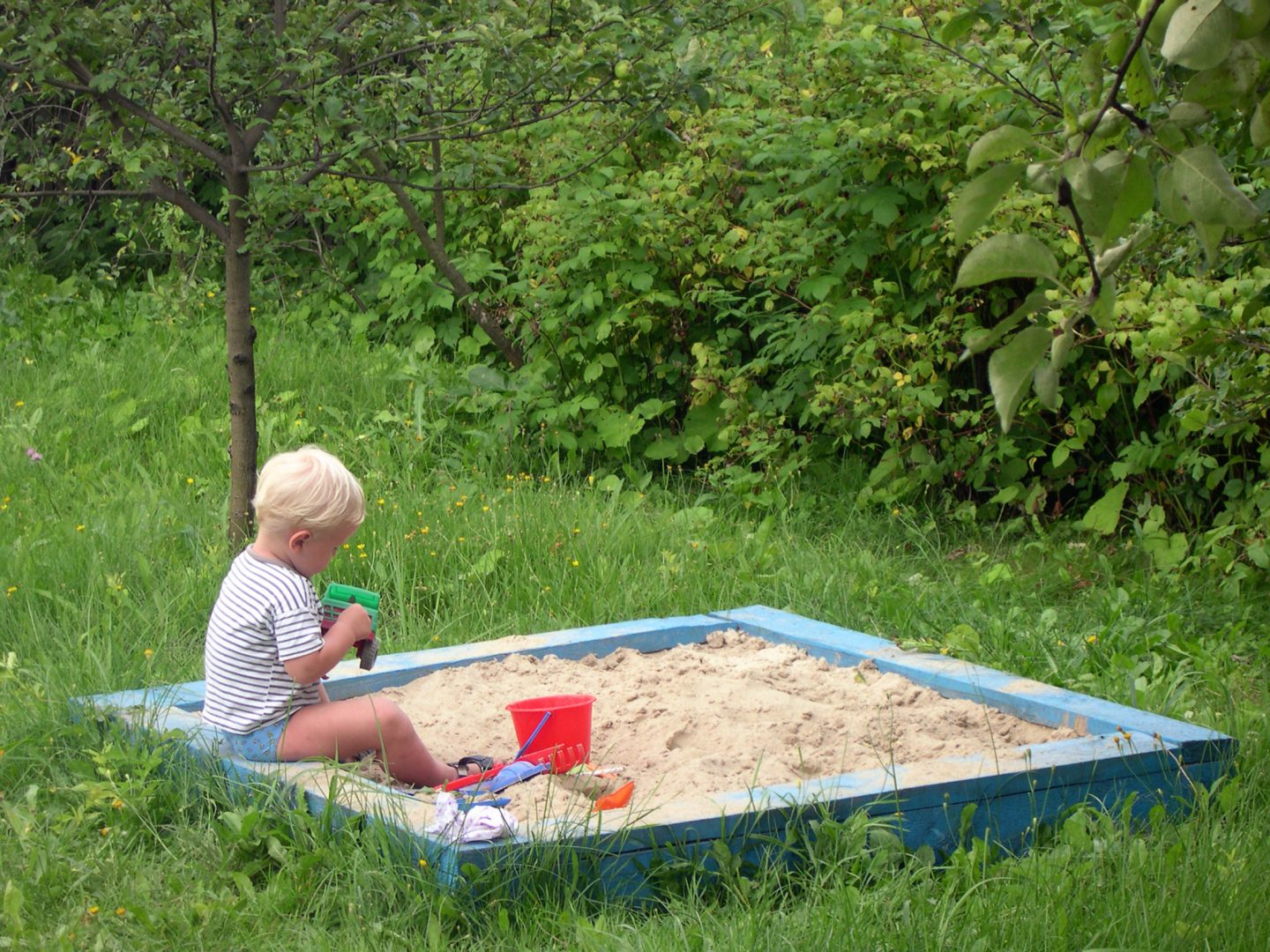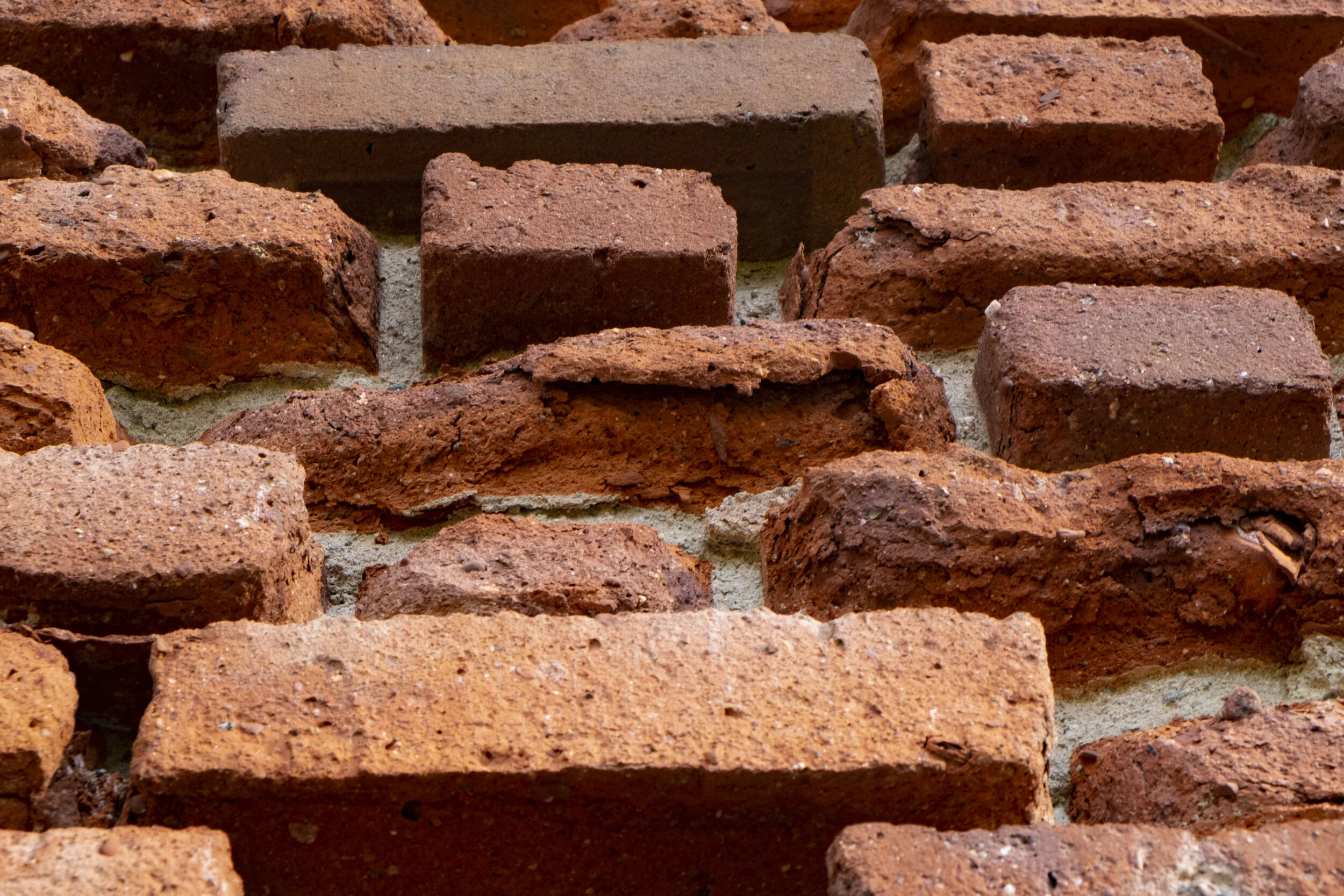The Brick Yard: A History Of Brickmaking In America
The art of brickmaking has been around for centuries, and its history in America is long and varied. The first bricks in North America were made by Native Americans, who used sun-dried bricks to build their homes and other structures. When European settlers arrived in the New World, they brought with them their own brickmaking techniques, which were more sophisticated than those used by the Native Americans.
The first commercial brickyard in America was established in Jamestown, Virginia, in 1607. This brickyard was used to supply bricks for the construction of Jamestown's first permanent buildings. As more and more settlers arrived in America, the demand for bricks grew, and brickyards began to spring up all over the country.
The early brickmaking process was labor-intensive and time-consuming. The clay had to be dug from the ground, then mixed with water and sand to the right consistency. The bricks were then molded by hand and left to dry in the sun. Once the bricks were dry, they were fired in a kiln, which was a large, oven-like structure that used heat to harden the bricks.
In the early 1800s, the invention of the steam engine revolutionized the brickmaking industry. Steam-powered machines could now do the work that had previously been done by hand, making brickmaking much more efficient. This led to a boom in the brickmaking industry, and bricks became the standard building material for many types of structures.
In the late 1800s, the introduction of concrete blocks began to challenge the dominance of bricks. Concrete blocks were cheaper and easier to produce than bricks, and they were also more resistant to fire and weather damage. As a result, the brickmaking industry began to decline.
However, bricks have never completely disappeared from the American landscape. They are still used in many types of construction, including homes, businesses, and public buildings. Bricks are also popular for use in landscaping and garden features.
The history of brickmaking in America is a long and fascinating one. It is a story of innovation, technological advancement, and changing tastes in building materials. Today, bricks are still an important part of the American built environment, and they continue to be used in a wide variety of applications.
The Brick Yard is a family-owned and operated business that has been in operation for over 50 years. They specialize in custom brickwork, and their work can be found all over the country. Whether you're looking for a new patio, a fireplace, or a custom mailbox, The Brick Yard can help you create your dream project.
Their website, Garden Wiki, is a great resource for learning more about their company and their products. You can find photos of their past projects, read customer testimonials, and get in touch with their team to get started on your own project.
I highly recommend visiting The Brick Yard website if you're interested in learning more about "The Brick Yard". They have a wealth of information and resources available, and their team is always happy to help.
FAQ of the brick yard
- What are the different types of bricks?
There are many different types of bricks, each with its own unique properties and uses. Some of the most common types of bricks include:
- Common brick: This is the most basic type of brick and is made from a mixture of clay and sand. Common bricks are typically used for general construction purposes.
- Face brick: This type of brick is made from a higher-quality clay and is designed to be used for decorative purposes. Face bricks are typically available in a variety of colors and finishes.
- Firebrick: This type of brick is made from a special clay that can withstand high temperatures. Firebricks are typically used in fireplaces, ovens, and other applications where heat resistance is important.
- Paver brick: This type of brick is designed to be used for outdoor applications. Paver bricks are typically thicker and more durable than other types of bricks.
- Clinker brick: This type of brick is made from a type of clay that has been fired at a very high temperature. Clinker bricks are typically very hard and durable.
- How are bricks made?
Bricks are made by mixing clay and water together to form a dough-like substance. The dough is then shaped into bricks and dried. The bricks are then fired in a kiln at a very high temperature, which hardens them and gives them their strength.
- What are the different colors of bricks?
The color of a brick is determined by the type of clay used to make it and the firing temperature. Common bricks are typically red or brown, while face bricks can be found in a variety of colors, including white, yellow, black, and blue. Firebricks are typically red or orange. Paver bricks can be found in a variety of colors, including brown, gray, and black. Clinker bricks are typically black or dark gray.
- Where can I buy bricks?
Bricks can be purchased from a variety of retailers, including brickyards, home improvement stores, and online retailers. When choosing a brick supplier, it is important to compare prices and quality. It is also important to make sure that the supplier you choose can deliver the bricks to your location.
- How do I install bricks?
Bricks can be installed by professionals or by homeowners with some DIY experience. The installation process will vary depending on the type of brick and the application. However, some general steps involved in installing bricks include:
- Preparing the subfloor: The subfloor must be level and smooth. If the subfloor is not level, the bricks will not lay flat.
- Laying the bricks: The bricks should be laid in a staggered pattern to create a strong foundation.
- Grouting the bricks: Grout is used to fill in the gaps between the bricks. Grout comes in a variety of colors to match the bricks.
- Sealing the bricks: Sealing the bricks will protect them from the elements.





Post a Comment for "The Brick Yard: A History Of Brickmaking In America"